Linwu Shangqiao Ancient Village
Shangqiao Ancient Village, with a history of more than 800 years, is located 25 kilometers north of Linwu County, 2.5 kilometers away from Maishi Township Government and at the exit of Hengwu Expressway. There are more than 570 households, more than 2000 people, all surnamed Guo. According to the genealogy of Shangqiao Village, Guo Tuogong, the ancestor of Shangqiao Village, was the 19th generation grandson of Guo Ziyi, a famous general of Tang Dynasty and the King of Fenyang. He was an official in Linwu in the Southern Song Dynasty and settled in Qiaoxi (now Shangqiao Village), which has a history of more than 800 years. According to historical records, General Guo Ziyi of the Tang Dynasty experienced 7 dynasties, namely, Wu Zetian, Tang Zhongzong, Tang Ruizhong, Tang Xuanzong, Tang Daizong and Tang Dezong, who was regarded as the elders of the four dynasties. He remained famous in the history because of calming the Anshi Rebellion and resisting the foreign clans. After Tang Dezong succeeded to the throne, he was given the title of "Shangfu". In the ancestral temple of Shangqiao Village, the statue of Guo Ziyi is still worshipped. The walls of the ancestral temples were engraved with four large letters of regular script - "Zai Zhao Hong You", which was said that it was given by the emperor at that time.
The village is rich in historical relics and cultural heritage, and has the architectural style of ancient residential buildings in Southern Hunan. It is a large ancient residential village well preserved by the ancient residential groups in Linwu County at present and is a typical representative of the local ancient residential groups in the northern rural areas of Linwu County. Since the early Ming Dynasty, the village has enrolled 1 Imperial Scholar, 2 First-degree Scholar, 15 Chinese Scholars, 12 Second-degree Scholar, more than 10 officials, 4 persons in Huangpu Military Academy, and 6 martyrs in Anti-Japanese and Anti-American Aid Korea.
Especially amazing is that despite hundreds of years of vicissitudes, especially after the catastrophe of "Attack on the Four Old", most of the cultural monuments and public buildings were destroyed, but the village still retains 5 large and small ancestral temples; 2 stone-built square Luoshan and circle Luoshan in Ming Dynasty; 4 ancient pavilions; 2 ancient temples, one of which was built in the eighteenth year of Shunzhi in Qing Dynasty (1661); 2 private schools in Guangxu Period of Qing Dynasty; 2 stone arch bridges; 8 ancient wells; and 10 stone water ponds. The salt road from Linwu County to Jiahe County in ancient times, is a winding and shining bluestone slab road, which is still well preserved for more than 20 miles, connecting the surrounding villages and township governments.

The historical value:
Xie Wujing, an expert of cultural relics evaluation in Hunan Province, believed that many classic works of ancient residential buildings preserved in the village are exquisite, including architectural structure, couplets, woodcarving, stone carving and murals, among which the greatest highlight is the defense and fire protection functions. Liu Zhuanke, Director of the Municipal Administration of Cultural Heritage, summarized the ancient buildings and structures of the village as "Eight Ancients" (ancient dwellings, ancient private schools, ancient temples, ancient pavilions, ancient terraces, ancient stone pavilions, ancient tablet inscriptions, ancient ponds). "Xiaoxiang Morning Herald" publicized the "village fortress" culture of the village. Since 2009, the village has attracted the attention and concern of provincial, municipal and county leaders, attracted many visitors, and further improved the village's reputation. In 2012, Liu Ruisheng, a journalist for China Intellectual Property News, sent a message to Shangqiao villagers: "Hope to repair the old as before".
The tourist development points:
Xie Wujing, an expert of cultural relics evaluation in Hunan Province, suggested that "For Shangqiao ancient village, we should first protect it as a cultural relic unit at the municipal level as soon as possible. At the same time, we should organize personnel to excavate the historical and cultural connotations of the ancient village and actively declare the famous historical and cultural villages throughout the country." He believed that in the near future, this 800-year-old ancient village will attract the attention of tourists with its unique charm.
In 2006, Long Bilin, Director of Linwu Cultural Relics Management Institute, said in the "Investigation Report of Shangqiao Ancient Residence in Maishi Township" written on the basis of the joint investigation of Shangqiao Ancient Residence by the Cultural Bureau, Tourism Bureau, Cultural Relics Institute and Cultural Station, that Shangqiao Ancient Residence as a tourism development point of single ancient residence was ideal. The deputies to the County People's Congress and members of the CPPCC have made suggestions and proposals to the County People's Congress and the CPPCC for three consecutive times to speed up the protection and development of Shangqiao Ancient Village. Under the high attention of the county committee and the county government, the protection and development project of the ancient residences in Shangqiao Ancient Village can effectively promote the rapid development of tourism and realize the leap-forward development of the regional economy in Linwu County by promoting the development of food, housing, transportation, tourism, shopping and entertainment in an all-round way to write a new chapter for Chenzhou City.
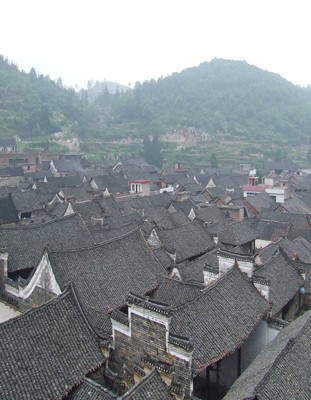
Panorama of Shangqiao Ancient Village
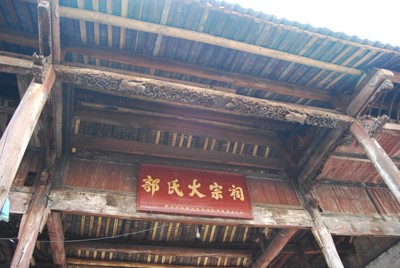
Plaque of general ancestral temple of forty-eight villages surnamed Guo in Shangqiao Ancient Village in Ming Dynasty
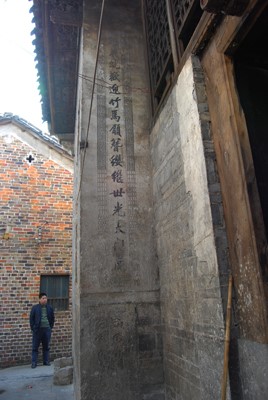
Permanent couplet of lime-plastered wall in Shangqiao Ancient Village
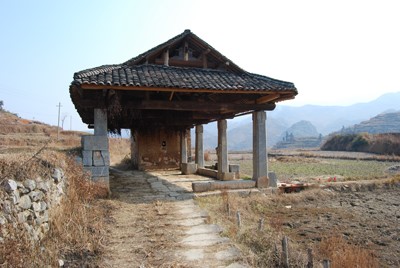
Tea Pavilion on Salt Road to Guangdong Province by villagers around Shangqiao Ancient Village in Ming Dynasty
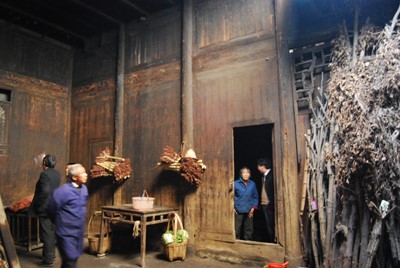
Ancient houses in Shangqiao Ancient Village
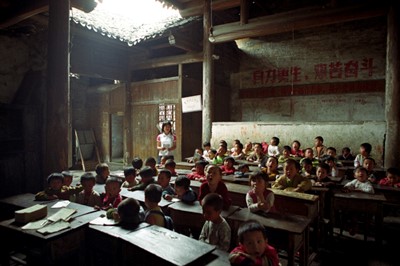
The former rural primary school of Shangqiao Village




